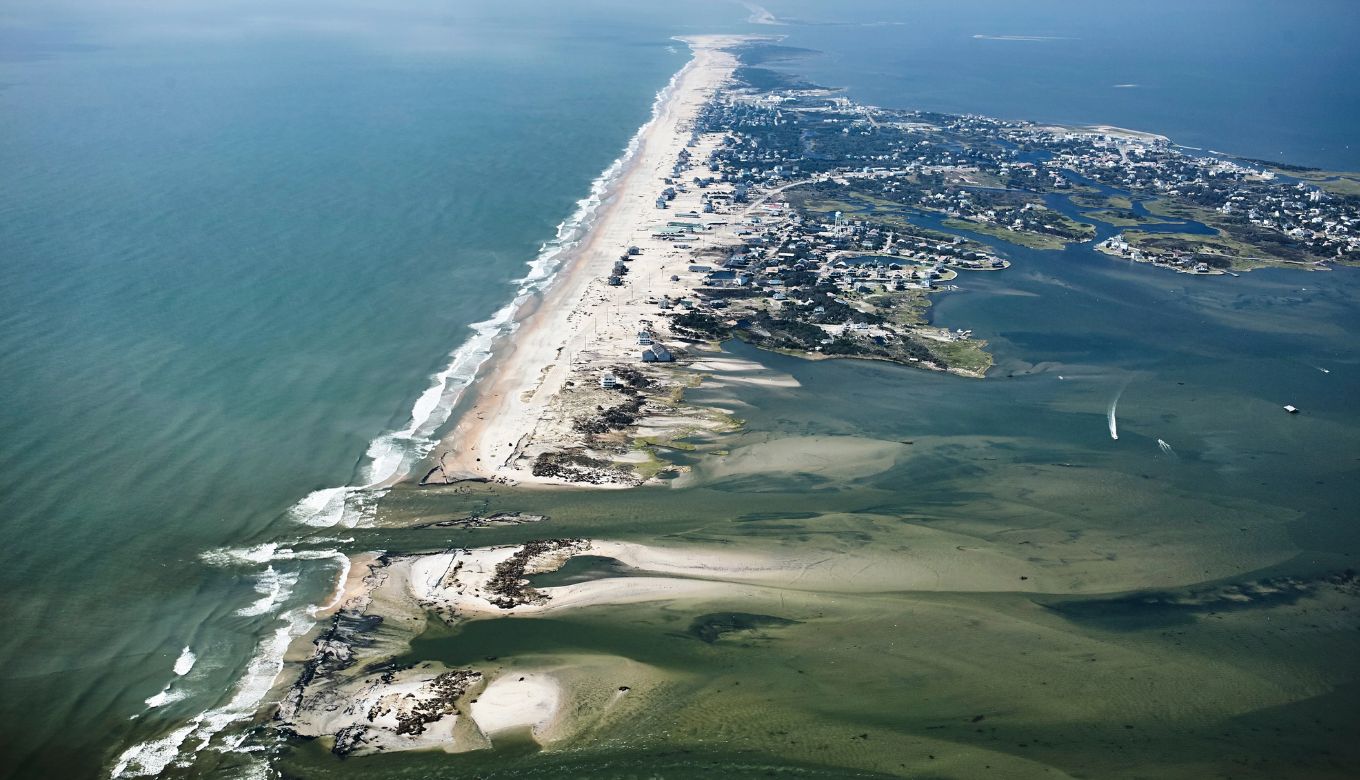US sea-level rise is increasing every year at alarming rates.US southeast and gulf coasts are in danger due to high-level rise in sea.
Ice storms, avalanches, and flooding recently hit the US, It badly affected the whole US infrastructure and people’s life.
According to a recent study by Tulane University scientists the US southeast and Gulf coasts sea levels are increasing over the past 12 years at record-breaking rates.
What is the Main Reason Behind the Record-Breaking US Sea-Level Rise?

Tulane University scientists published their study on 10 April in Nature Communications it shows that the US sea-level rise to increase by half an inch every year since 2010. They give the main reasons behind the sea-level rise to the global man-made climate change and natural climate variability.
The rising level of the sea extends to the coasts of the Gulf of Mexico up to Cape Hatteras in North Carolina, and into the North Atlantic Ocean and Caribbean Seas, due to changes in the ocean’s density and circulation.
The whole area is known as the subtropical gyre and the water in this region rising for the past 12 years due to global warming and changing wind patterns.
Sonke Dangendorf, lead author and Assistant Professor in the Department of River-Coastal Science and Engineering at Tulane said “These rapid rates are unprecedented over at least the 20th century and they have been three times higher than the global average over the same period.”
They studied the different causes such as vertical land motion, ice-mass loss, and air pressure but none of them have too much contribution than man-made climate change at US sea-level rise.
But their climate models predicted that the US sea-level rise rates will likely return to a moderate level in the coming decades. But scientists are not completely dependent on this model’s predictions.
The level at which the sea level is rising is dangerous and on the other hand, the increased level of glacier meltdown further accelerates the global sea rise.
Torbjorn Tonrqvist co-author and the Vokes Geology professor in the Department of Earth and Environmental Science at Tulane University said “However, this is no reason to give the all clear. These high rates of sea-level rise have put even more stress on these vulnerable coastlines, particularly in Louisiana and Texas where the land is also sinking rapidly.”
Dangendorf said the “results, once again, demonstrate the urgency of the climate crisis for the Gulf region. We need interdisciplinary and collaborative efforts to sustainably face these challenges.”
These findings suggest that the US sea level will further increase in the future due to continuous greenhouse gas emissions and large sheets of glaciers melting in Antarctica and Greenland.

The National Oceanic and Atmospheric Administration (NOAA) leads an interagency task force that reviews the latest research on sea level rise and issues a report.
In their report that higher rates of greenhouse gas emissions that trigger ice sheet collapse could increase the sea level by an average of as much as 2 meters high in 2100.
You can check the National Oceanic and Atmospheric Administration (NOAA) sea level rise viewer report here -: click on the link- Sea Level Rise Viewer
NOAA 2022 Technical Sea Level Rise Report Here -: click on the link :- 2022 Sea Level Rise Technical Report
This is really threatening for the people of the US Southeast and gulf coast region. The reasons for the US Sea-level rise are -:
- Increase sea level rise cause flooding which destroys the infrastructure of many tech companies and offices.
- The marine economy will also be badly hampered by the US sea-level rise.
- The marine ecosystem which gives life to many marine organisms will destroy by the freshwater rise in the ocean due to rapid glacier meltdown.
Also Read: Belize Coral Reef Risk: NASA Scientists Use Satellite Data To Protect It



